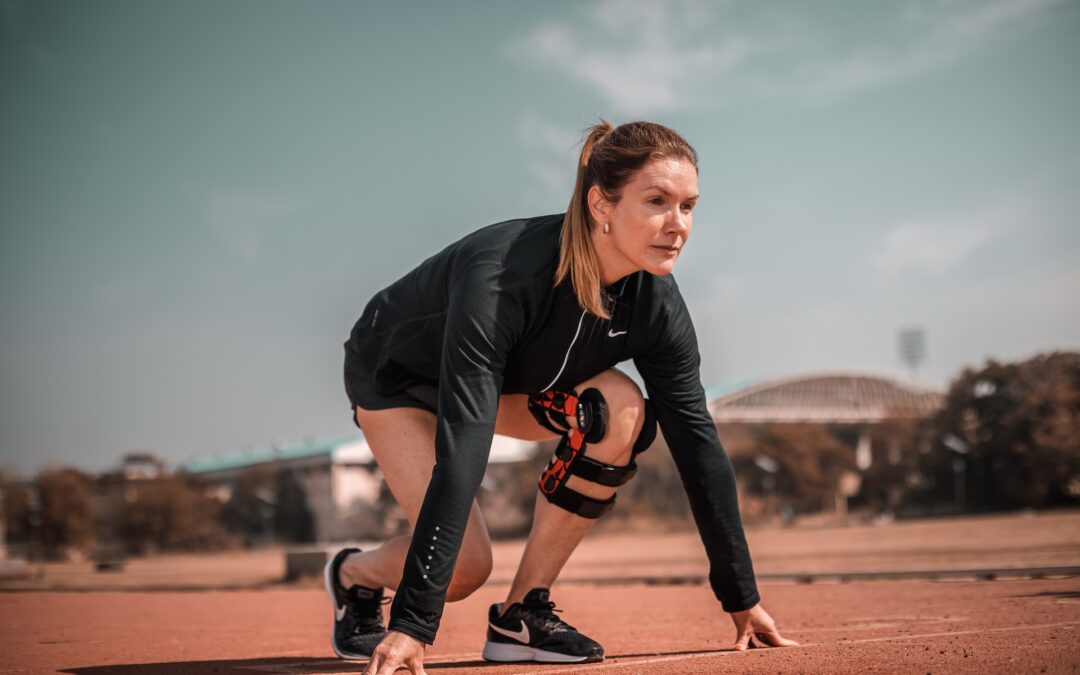Whether you are a highly skilled athlete or a weekend participant, injuries are an unfortunate possibility in sports. When an injury occurs, it can be challenging to determine the exact nature and severity of the injury and the best course of immediate and long-term treatment. Let’s explore some of the most common athletic injuries and their treatments:
- Sprains and Strains:
A sprain involves damage to the ligaments and capsule at a joint, while a strain affects the muscles or tendons. Soft tissue injuries like sprains and strains typically take a few weeks to heal. Immediate treatment includes rest, icing, pain relievers, and a gradual return to normal activity level. - ACL Tear or Strain:
The ACL (anterior cruciate ligament) injury often occurs when abruptly slowing down and attempting to cut, pivot, or change directions. Indicators of an ACL injury include instability while walking or turning corners and increased swelling in the knee. A slight ACL strain or tear can be healed with rest and ice. However, a complete ACL tear requires surgery and several months of recovery time, accompanied by aggressive physical therapy. - Achilles Tendon Tear:
The Achilles tendon, a sturdy cord connecting the calf muscles to the heel bone, can partially tear or rupture entirely when overstretching occurs. This injury is common in sports involving jumping and can also happen from falling from a height or stepping into a hole. Symptoms include pain and swelling near the heel, a feeling of being kicked in the calf, and an inability to bend the foot downward or “push off” on the injured leg while walking. Treatment involves resting the tendon with the use of crutches, applying ice, taking over-the-counter pain relievers, and immobilizing the ankle for a few weeks, typically with a walking boot with heel wedges or a cast. - Hamstring Pull:
A hamstring injury involves straining or pulling one of the three hamstring muscles at the back of the thigh. It often occurs in sports that require sprinting with sudden stops and starts, such as basketball, soccer, tennis, and football. Self-care measures like rest, ice, and pain medication are usually sufficient to relieve the pain and swelling of a hamstring injury. - Shoulder Dislocation:
The shoulder is the body’s weakest joint and can be prone to dislocation during athletic activity. Shoulder injuries or dislocations may result in reduced flexibility, strength, or stability. Treatment starts with rest and icing to provide pain relief and reduce swelling. If pain persists for more than two weeks, an evaluation by a physician or physical therapist is recommended. - Tennis or Golf Elbow:
This injury is often seen in athletes who perform repetitive gripping activities. The tendons of the forearm become inflamed, causing extreme pain during wrist or hand motions. Treatment involves rest, icing the inflamed area, and the use of anti-inflammatory medication or braces to relieve pressure and prevent further injuries. Stretching and strengthening exercises provided by a physical therapist or Rolfing professional can help alleviate stiffness and gradually build strength, allowing athletes to return to their sporting activities.
In the event of an injury, a body requires adequate rest and sleep. Soft tissue rehabilitation through Physical Therapy or Rolfing Treatment can also aid in the recovery process. Rolfing Therapy works by releasing restrictive connective tissue patterns, enhancing hydration and circulation to the muscles, and freeing up joints to accelerate regaining full range of motion and overall movement efficiency.
To learn more about Rolfing Therapy and its benefits, visit https://bobalonzi-advanced-rolfer.com/ and schedule an evaluation appointment.
**Sources:** https://www.medicalnewstoday.com/articles/321436
https://www.webmd.com/fitness-exercise/acl-ligament-injury#:~:text=When%20you%20stretch%20your%20Achilles,may%20be%20complete%20or%20p artial.
https://www.medicalnewstoday.com/articles/321436#treatments https://www.verywellhealth.com/hamstring-strain-or-pull-2548514 https://www.healthline.com/health/rotator-cuff-tendinitis


Recent Comments